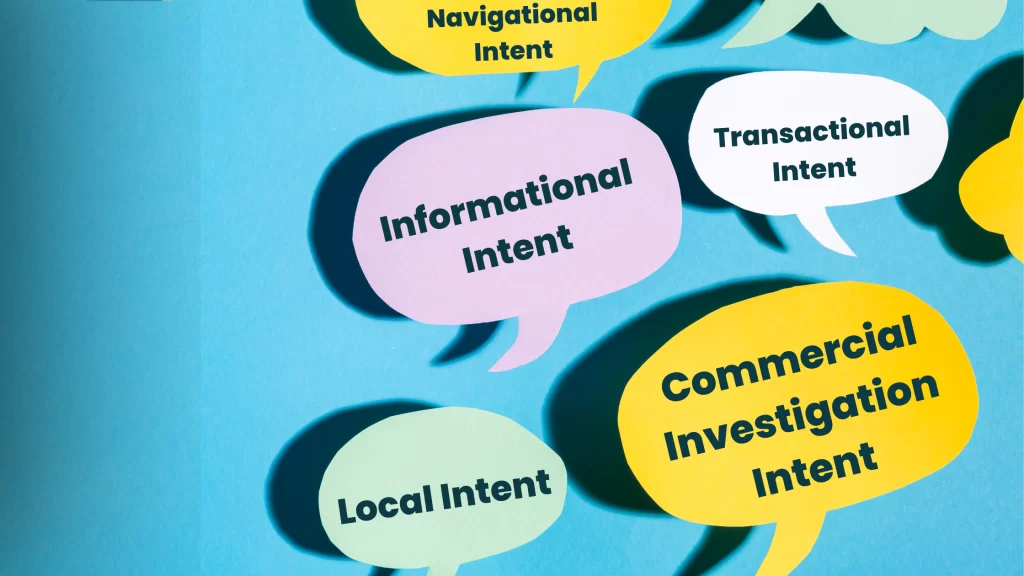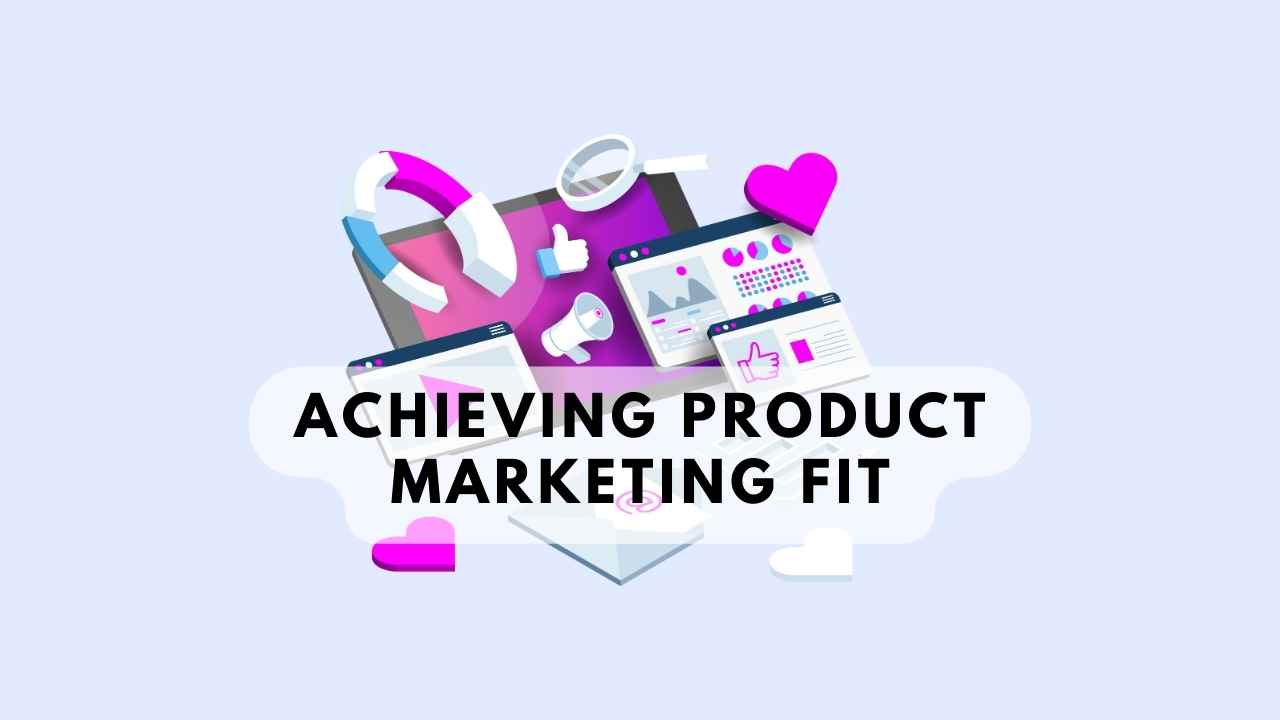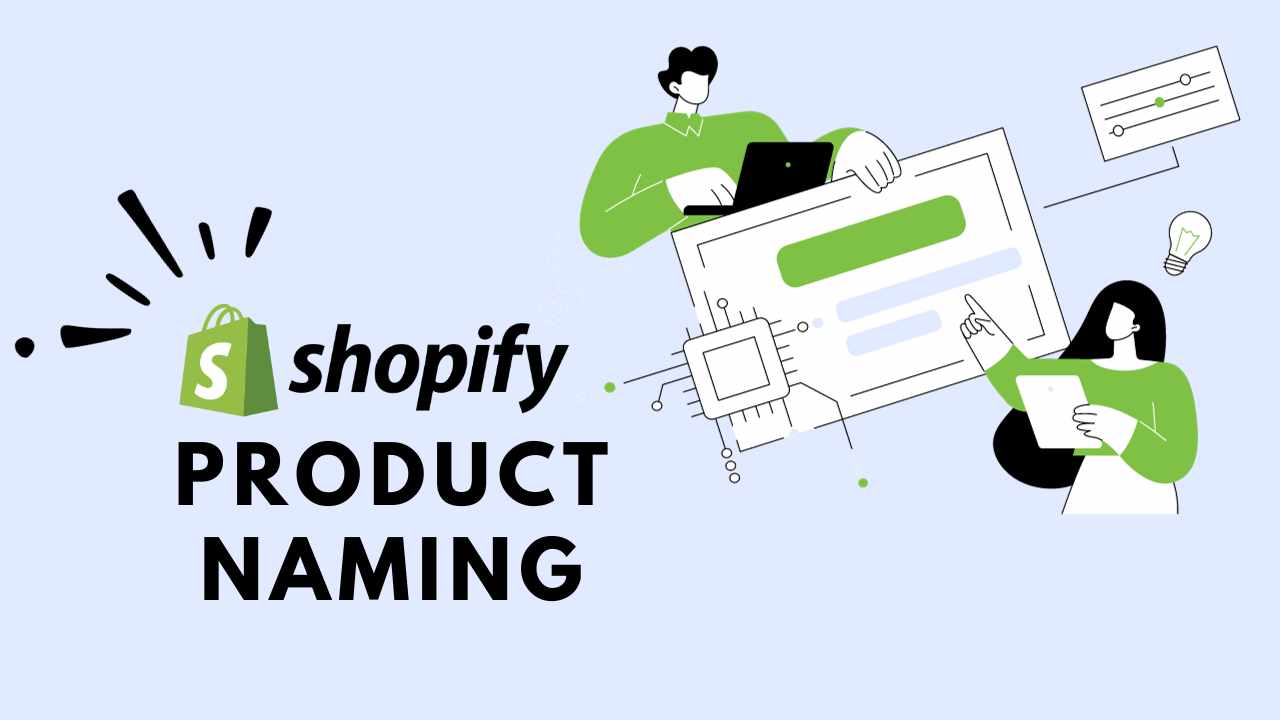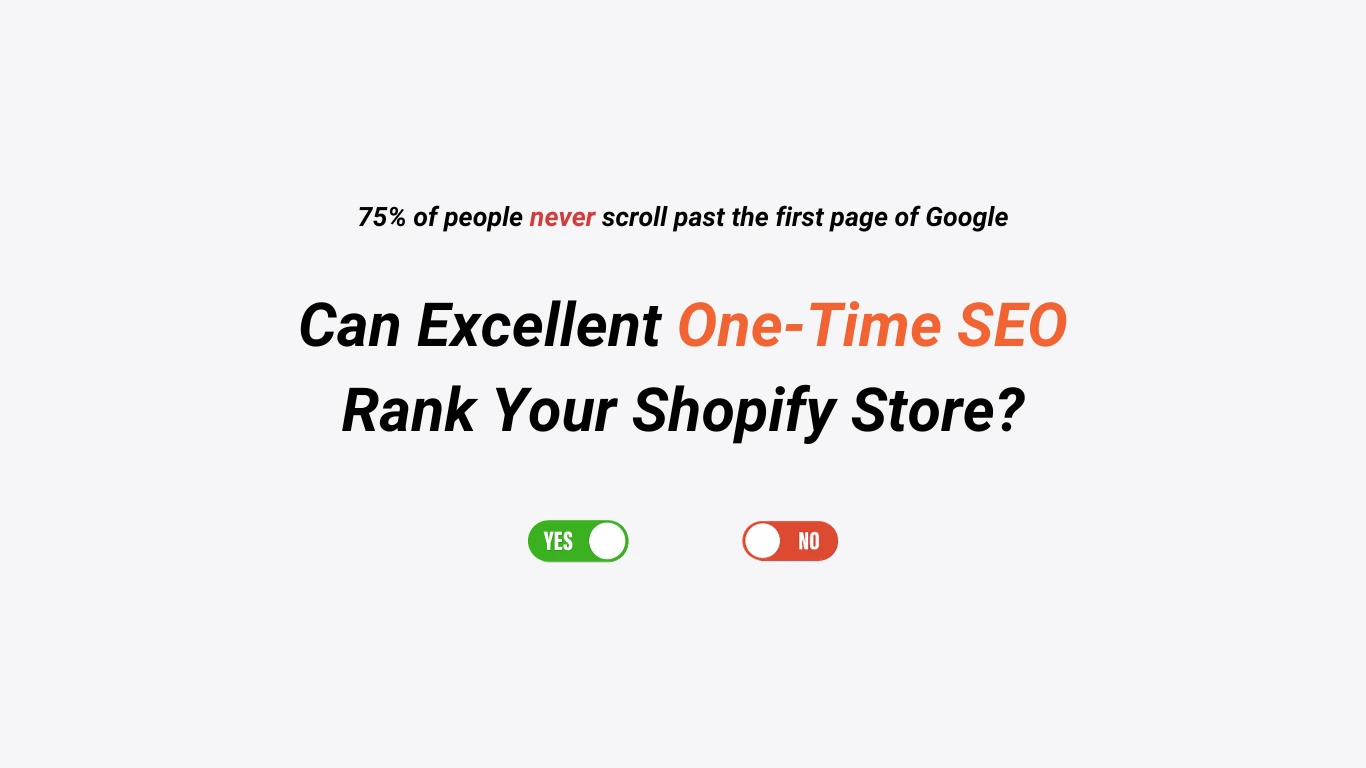We do not want your Shopify store lost among thousands of other e-commerce sites on search engines. Your Shopify Keywords either boost the store ranks or dunk them down. So clearly… Keywords are important! Whether you know how to add keywords to Shopify website or you’re a complete noob, we’ve got you covered!
We discussed a five step approach to robust keyword mapping in our guide Shopify Keyword Mapping 101. It explains all about building a systematic Shopify Sitemap. In this article, we will go deeper into the placement of your keywords.
We’ll go over how to add keywords to Shopify Website, its SEO benefits, and best practices. Here we go.
Quick Links:
- Understanding Shopify SEO Keywords: The Real Deal
- Steps to Add Shopify Keywords
- Where to Put SEO Keywords in Shopify Website?
- A Quick Recap
- FAQs
Understanding Shopify Keywords: The Real Deal
When we say invest in your website’s SEO health, we mean it! Ahrefs SEO Statistics reveal that the average top-ranking page also ranks for the top ten search results. This means a top ranking page can rank for nearly 1,000 other relevant keywords. Clearly, SEO keywords are the powerhouse of any successful e-commerce business. The internet is a dynamic place, and you have to be dynamic with your Shopify Keywords to sell products.
There can always be a new phrase or keyword that can help you market your products. It can help businesses reach a whole new audience segment. By understanding the following, you can help search engines understand what your pages are about.
- 1) how to add keywords to Shopify website
- 2) where to put SEO keywords on the Store
Simultaneously, you can also present keywords to potential customers.
But stop in your tracks right there, sonic!????
This is not about stuffing keywords into your content…
It’s about strategically placing them in a way that feels natural. Besides making your content engaging to your readers, you need to prioritize where to put SEO keywords. Make sure that your keywords are placed well!
Shopify Keyword Placement Matters!
Even the best Shopify Keywords may not drive conversions for your Storefront if you do not place them right. You will not place a keyword like “best coffee distribution tool” on your Shopify Website Pages about “coffee machines” right?
Clearly, both of these products are different.
Building on this further, you can not place transactional keywords like “buy coffee machine” on the same page with informational keywords like “how to use coffee machine.”
Even though both of these keyword topics are regarding coffee machines, however, their search intent is different. Customers looking for information on using coffee machines may not necessarily want it just yet, but it is an opportunity for Shopify Businesses to get their products noticed. So an apt Keyword Placement can bring purchase-ready customers to the conversions page and pull the potential customers into the funnel.
Prioritize Keyword Choice

The keyword search intent is a big factor in building a contextual Shopify website in Google’s eye. The best businesses make a calculated choice by using various Shopify Keywords on different pages. Check out the following examples of the 5 types of search intent keywords:
- Informational Intent— How to use a coffee maker
- Navigational Intent— Gmail Inbox
- Transactional Intent— Buy auto-drip coffee maker online
- Commercial Investigation Intent— Best auto drip coffee maker under $200
- Local Intent— Coffee shops in Chicago
Best Keyword Types for Shopify Storefronts
We strongly recommend Shopify businesses to use long tail keywords for their products. This is the best way forward to generate targeted organic traffic. Build a keyword batch containing a mix of the following types of keywords:
- long tail keywords
- product based keywords
- search intent based keywords
How to Add Keywords to Shopify?
Adding Shopify Keywords alone can not guarantee high rankings in search engine results. Shopify SEO Consultant ensures that your website is jampacked with high-quality and relevant content. In addition, a well-designed site structure further improves your chances of ranking well in search engine results.
Before we hop on to keyword placement, here’s how to add Keywords to Shopify websites. First, log in to your Shopify Merchant account and then follow the process given below.
Click on “Online Store”
Click on “Preferences” in the submenu
Scroll down to the “Shopify Search Engine Listing Preview” section
Click on “Edit website SEO”
Enter your target keywords in the “Keywords” field
Click on “Save”
That is all.
Where to Put Shopify Keywords on the Store?
Now that you know all about adding keywords, it is time to actually add them to your store’s content. But where should you add them? Remember to avoid keyword stuffing at all costs. As we discussed earlier, just placing the keywords in content will not make your Shopify Store rankable.
Let’s dig deeper into all the places where you can strategically add Shopify keywords on your Store.
#1: Add Keywords in Shopify Store Description and Product Titles
Your Shopify Store description and the product titles are the first things that your audience sees when landing on your website. Keywords in titles are capable of describing the whole content on the page. So make sure to include your them in a way that feels natural and engaging.
Curate your titles and descriptions in a readable format that includes your target keyword. But again, don’t overdo this. Excessive and forced keywords can hurt your store’s search engine rankings and turn off potential customers.
Check out our exemplary guide: How to Write A Shopify Product Description That Converts
#2: Add Shopify Keywords to Meta Description and URLs
The URLs and Shopify meta description of your website are prime locations to include your top funnel keywords. Keep your URLs short and incorporate your primary Shopify Keywords within the URL text.
As for a good Shopify meta description, it must provide a brief summary of your page. The meta description in Shopify can be customized for product pages, collection pages, and blog entries on Shopify websites. So it is recommended to include the target keywords in the Shopify store description as well. This helps you attract more clicks.
Ensure each page has a distinct meta description each page has a distinctive meta description that is written in an easy-to-understand style. More visitors will click the link to your store when it has a compelling description.
Here’s how to add meta description in Shopify.
Simply go over to the “Shopify search engine listing preview” and click on “Edit Website SEO.” Enter an engaging title in the “page title field”
#3: Image Alt Text With Keywords
Adding alt text to your product images is essential for accessibility, but it can also help with SEO. Make sure to include your target Shopify Keywords in your image alt text. This helps search engines to understand the content of your images. You can change the alt text for the Featured Images in a blog post or collection page.
Check out the steps on how to edit your Image Alt Text:
Select the page on with you wish to update
Click Update on the particular image and then click Edit
Enter a description for the image alt text.
Then, click on Save.
Moreover, you can also change the image alt text of your Shopify Product Images as well. For that, you have to go to your products section from the dashboard and click the product along with the image that needs an alt text update. Then you can simply add a descriptive alt text and press Save.
#4: Add Your Shopify Keywords in Blog Posts
Blogging is a great way to add fresh content to your store. It is also an opportunity to add more top-funnel keywords. When creating blog posts, make sure to include your target keywords in a natural way.
- H1 of the Blog Post-
The Google search engine uses the H1 content and keywords to determine the context of your Shopify pages. It is also the biggest title on any page of your website, so it is important for the readers as well. Make sure that all your blog posts include targeted keywords in H1.
- Shopify Keywords in Other Headings-
Besides the main H1 heading, include keywords in H2, H3, and other headings of your Shopify pages as well. Search engines use it to determine the outline and the message of your blog post or page.
- Body Text of the Blog Post-
The body text of your Shopify Website must also include the top funnel keywords. It is another important ranking factor that allows you to set a tone for your blog post content.
#5: Shopify Collections SEO Pages
Your collection pages are where you display your products. So it’s important to include your target Shopify keywords in your collection titles and descriptions. Make sure to describe your collections accurately while incorporating your keywords naturally.
A Quick Recap
Adding SEO keywords to your Shopify store is an essential part of improving your store’s search engine rankings. Every storefront looking for an expansion must add Shopify keywords to their website pages. Besides this, it is also recommended to follow the best SEO practices.
As for a quick recap, Shopify Storefronts must optimize the following with the relevant target keywords:
- Product Titles and Descriptions
- Meta Titles and Descriptions
- Image Alt Text
- URL’s
- Blog Posts
- Shopify Collections Pages
By adding SEO keywords to Shopify, you can attract more potential customers to your store. We hope this guide helped you understand the importance of adding keywords in Shopify meta tags, Shopify title and meta description. If you want to optimize your store ranks with more such tactics, https://shopifyseoconsultant.com/ will help you get there. Get in touch with us today.











